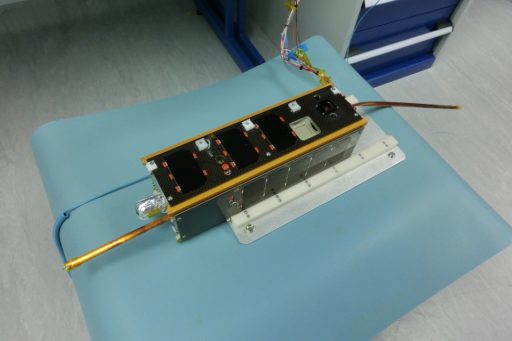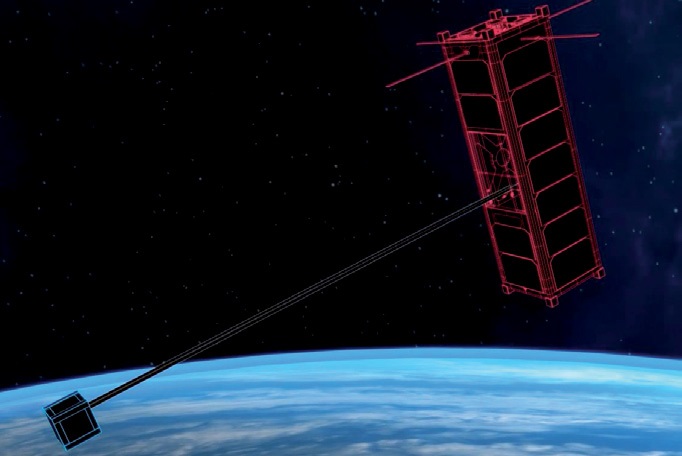AlSat-Nano

AlSat-1N, also known as AlSat-Nano, is a three-Unit CubeSat built by the Surrey Space Center and operated by the Algerian Space Agency and UK Space Agency for the demonstration of new technologies for use on future small satellite missions.
AlSat-Nano has been designed and built as part of an education program given by the Surrey Space Center to Algerian students to gain hands-on experience in the operation of a satellite mission. The UK Space Agency has provided the funds for the design and construction of the platform hardware while ASAL was in charge of final integration, testing and launch acquisition.
One CubeSat Unit on the satellite was made available for payloads of the UK CubeSat Community for a free flight opportunity.


AlSat-Nano hosts three payloads dedicated to different technical demonstrations.
AstroTube is a test of the world’s longest retractable boom compatible with the CubeSat form factor. In this test flight, it deploys to a length of two meters and only occupies the volume of a packet of cigarettes when in its stowed configuration. Boom technology for small satellites is an important part for future passive deorbiting systems.
The boom system requires around 0.5U of volume and supports a high-precision deployment with an accuracy of +/-0.25 millimeters. The boom itself consists of composite material and allows for partial deployment without losing structural integrity. Possible applications of the boom are for payload deployment and retraction, solar panel and antenna deployment, and deorbit structures. Because the boom is deployed with a motor and does not have any stored energy, its deployment will avoid any shocks to the satellite structure and its instruments.
A scaled-up version of the boom design known as AstroTube Max can support lengths of 12 meters.
Making use of the AstroTube, AlSat-Nano will put to use a compact magnetometer to measure Earth’s magnetic field. The Oxford Space Systems-sponsored payload also includes radiation detectors and a test unit of a flexible solar cell.
C3D2 is a highly customizable CubeSat camera that delivers three fields of view and flexible onboard processing capabilities. It was developed by the Open University Center for Electronic Imaging using a sensor made by e2v.
A Thin Film Solar Cell demonstration flying on AlSat-Nano will test a new cell structure directly deposited into the cover glass that is just 0.1 millimeter thick. Over the course of the mission, output from the solar cells will be monitored to assess degradation over an extended period of time spent in the space environment.

